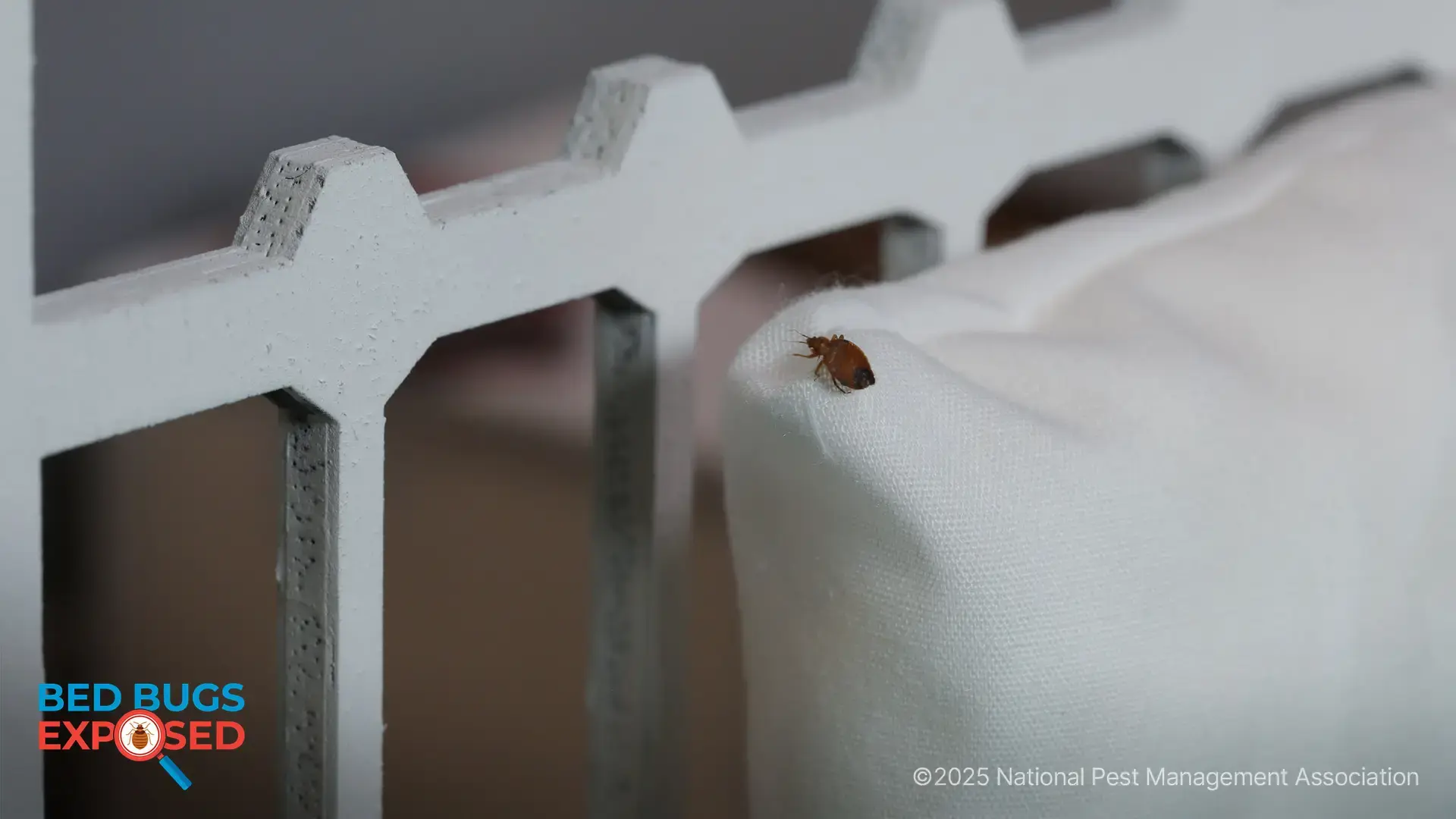Wild Animals and Risk of Rabies
Certain wildlife species such as bats, raccoons and foxes are known carriers of rabies and can transmit the virus to humans and other animals.
Housing developments and new construction can infringe upon wildlife’s natural habitats and food sources. As a result, wildlife populations continue to increase in and around suburban and urban areas as they search for food and shelter within homes.
Rabies is a deadly virus spread to people from the saliva of infected animals and is usually transmitted through a bite, according to the Centers for Disease Control and Prevention (CDC). Rabies is a severe, progressive inflammation of the brain caused by infection by viruses, which can be contracted by virtually any mammal and is almost always fatal when left untreated.
The CDC reports roughly 5,000 animal rabies cases every year, with more than 90% of those rabies cases occurring in wild animals. The incubation period in humans, which is the number of days between when you become infected and when you might see symptoms, is typically between 20 and 90 days. However, incubation periods as short as 4 days and longer than 6 years have been documented.
Bats
Bats can be asymptomatic carriers of rabies and appear healthy yet be infected and – worse – transmit rabies. While rabies transmission from other animals is due to transmission of infected salvia injected via a bite, it appears rabies can be transmitted from bats in the absence of a bat bite. In the event that a bat is flying around your home, it is advised to report this bat exposure. In some cases, rabies prevention methods may be recommended.
Raccoons
After bats, raccoons are the most frequently reported animal species with rabies in the U.S., most often in eastern and southeastern parts of the country.
Raccoons are not only animals of the wild; they have adapted to urban life and are commonly seen in parks, neighborhoods and yards. All raccoon exposures, including bites and scratches, should be assessed by a health care provider, and if there are concerns about possible exposure to rabies (i.e., if the raccoon appeared sick or was acting abnormally), exposure should be reported to Public Health departments.
Signs that raccoons may have rabies include staggered walking, erratic wandering, oblivion to noise or nearby movement, discharge from mouth or eyes and/or repeated high-pitched vocalizations.
Behind racoons, foxes and skunks account for additional cases, particularly in states such as Alaska, Arizona, New Mexico and Texas. Feral cats and coyotes are also reported to carry the disease.
Rabies Prevention and Treatment
Since there is effectively no treatment for rabies, persons at high risk for rabies exposure, such as veterinarians, animal handlers and rabies laboratory workers, should preemptively receive rabies vaccination. Anyone who has come in contact with saliva of a wild animal suspected of carrying rabies should immediately seek medical care. If treatment is begun before infection is established, it is almost always effective. Additional protection from this deadly virus can come from vaccination of pets and other domestic animals in our homes or vicinity.
The early symptoms of rabies in people are similar to those of other illnesses, including fever, headache, nausea and vomiting. As the disease progresses, symptoms such as agitation, anxiety, hyperactivity, excessive salivation, hallucinations, delirium and convulsions may occur. Unfortunately, once a person develops signs or symptoms of rabies the disease nearly always causes death. The CDC reported five human deaths due to rabies in 2021, several of which were connected to bats.
Rabies is a fast-moving disease, so it is imperative to seek medical attention immediately if you have been bitten or scratched by an infected animal. Be sure to avoid nuisance wildlife when outdoors, and seal all doors, windows and openings to the home to keep these pests at bay.
If you have a wildlife issue on your property, contact a wildlife control expert for assistance. If you see what you believe is a sick animal in your yard or neighborhood, contact your local game commission or animal control department.

Learn About Rodents
Rodents invade millions of homes each winter. Learn more about them!

NPMA's Bug Barometer Forecast
The latest Bug Barometer® forecast from the National Pest Management Association reveals what homeowners across America can expect from pest activity this fall and winter.

NPMA's Bed Bugs Exposed Project
Check out NPMA's Bed Bugs Exposed project to learn more about this hitchhiking pest and how to prevent an infestation at home.
Find a PEST PRO in your area

Learn About Rodents
Rodents invade millions of homes each winter. Learn more about them!

NPMA's Bug Barometer Forecast
The latest Bug Barometer® forecast from the National Pest Management Association reveals what homeowners across America can expect from pest activity this fall and winter.

NPMA's Bed Bugs Exposed Project
Check out NPMA's Bed Bugs Exposed project to learn more about this hitchhiking pest and how to prevent an infestation at home.
